Like this article?
Go on, give it a kudu!

Published on October 14 2020
Written by:
Sambell
3979 views
In September 2019 we visited Madagascar. As a wildlife keeper in Australia, I was keen to see as many lemur species as possible in our 11-day stay. We landed in the capital, Antananarivo. The first place we headed to was Lemurs’ Park, which is located approximately 50 minutes outside of the Antananarivo. This park works to rescue lemurs from areas all over Madagascar. They are rescued due to large amounts of habitat loss.
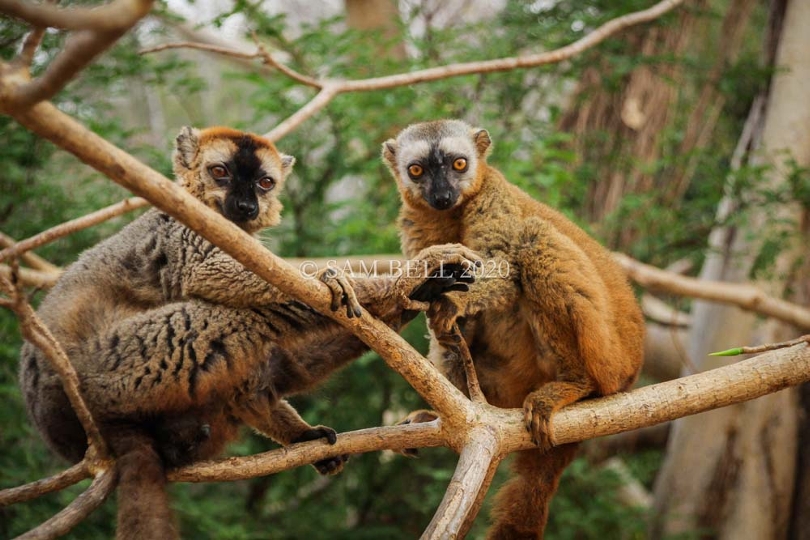
Lemur Park is a great place to visit to help support the work they do but also to get up close and personal to many different species, including many that are very elusive in other parks. Although this place is a lemur park, the lemurs have free range of the area. They are also able to leave the park if they wish. However, they do have it pretty good within the walls of the park so if they do venture off, they generally come back for food and more trees to live in.
After our time in Lemurs’ Park, we drove northwest up to Tsingy de Bemaraha Strict Nature Reserve. We did the drive in approximately four days but we stopped at different places along the way. I would assume if you did it in one hit it would be about 24 hours, but the roads are bad, so you’ll want to factor in additional time.
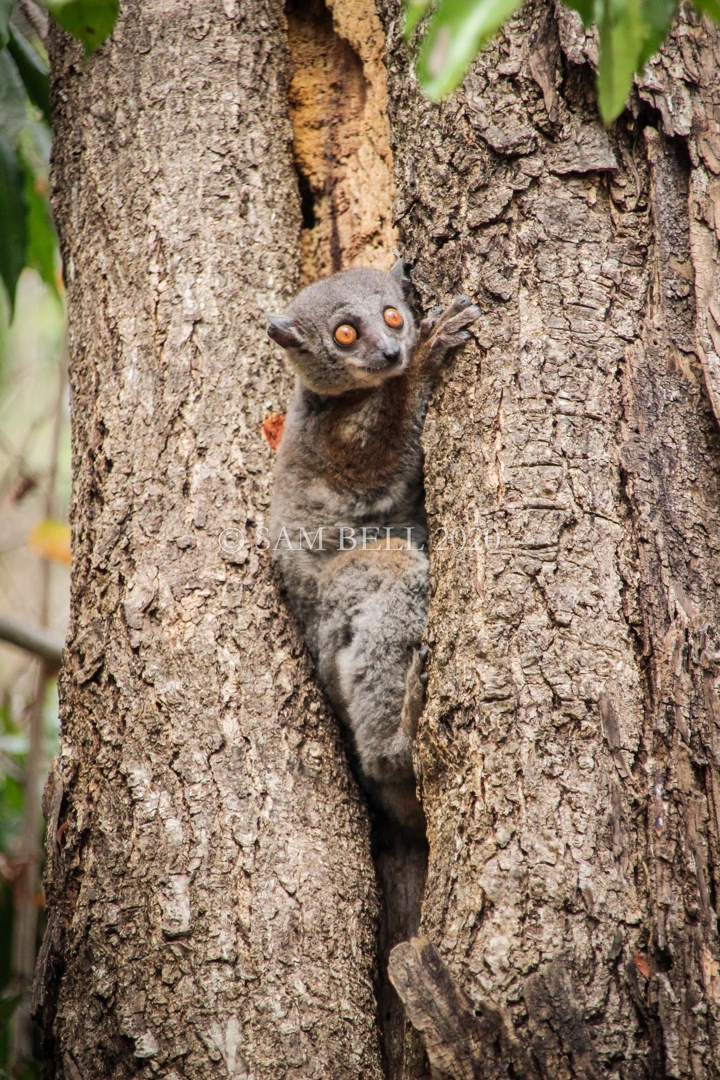
Tsingy de Bemaraha Strict Nature Reserve is found on the west coast of Madagascar north of Kirindy. In this reserve you can climb through the beautiful Small Tsingy and Grand Tsingy rock formations and see lemurs living amongst the rocks and trees that surround them. If you stay in the town located nearby you can ask local guides to take you out on a night tour around the hotel where you are staying to see some of the nocturnal lemurs.
Lemurs are primates, making them closely related to humans. As an arboreal species, they spend most of their time in trees. They have five digits on each hand and each foot. They possess an opposable thumb, helping them to climb through trees, use tools and forage for food. Unlike new world monkeys, lemurs use their long tails for balance rather than for gripping branches.
Lemurs come in a range of different shapes and sizes, from the size of a mouse to the size of a small dog. The indri lemur is the largest species of lemur in Madagascar. This species is also the only species of lemur that has a silky-smooth tail instead of a fluffy one. It can reach a weight of up to 9kg and a height of 120cm with its legs fully extended. The smallest lemur, the pygmy mouse lemur, can reach a weight of 43-55 grams and is, on average, 14cm in length.
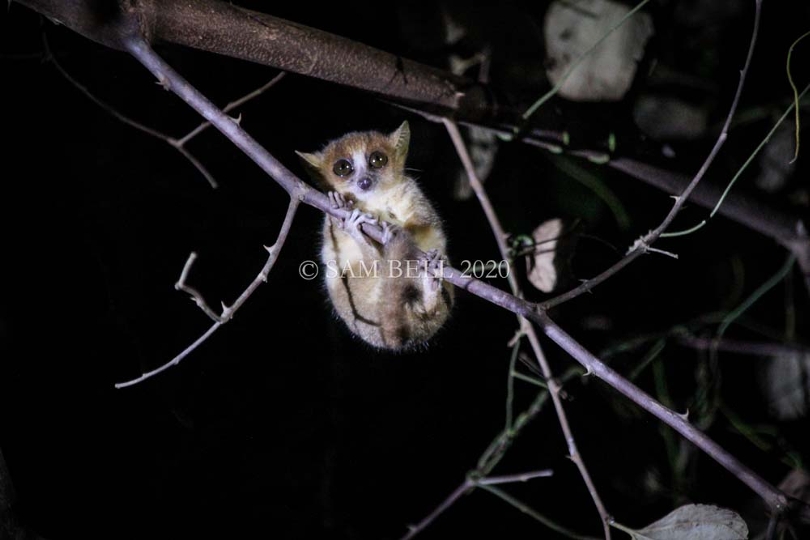
Endemic to the island of Madagascar off the east coast of Africa, lemurs are found in a range of different forests, wetlands and mountains. Unfortunately, forest clearing in Madagascar is causing significant habitat loss for all lemur species, and not enough trees are being replanted to reestablish the forests that are being destroyed. The habitat destruction and hunting of these beautiful animals has caused 33 of the 107 different species of lemurs to become critically endangered, with the others threatened with extinction in the future.
The diet of lemurs in the wild varies between species. Some are herbivores with a diet consisting of fruit, flowers and leaves, while others are omnivores that will eat insects, spiders and small invertebrates.
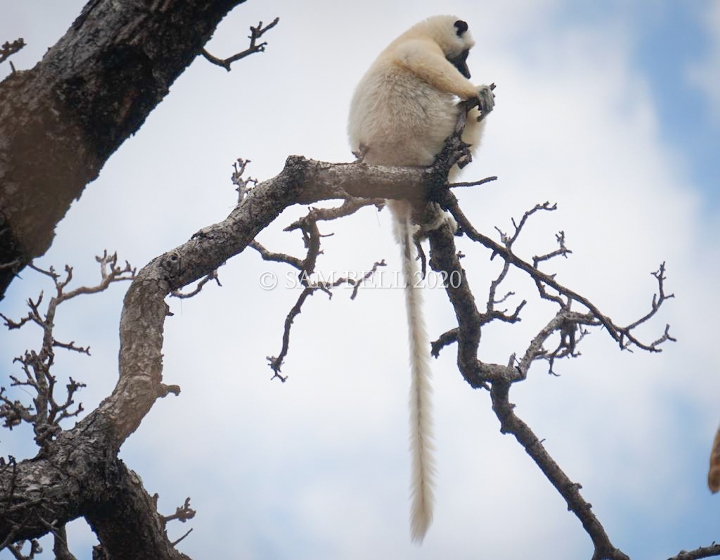
Most lemurs live in groups referred to as troops. These troops range in numbers depending on species. For example, the Coquerel’s sifaka troops range from 3-6 individuals, whereas the ring-tailed lemurs live in troops from around 6-30 individuals with an average of 17. Some species, such as the white-footed sportive lemur, are solitary and nocturnal. This species remains vigilant during daylight hours to keep an eye out for predators. The fossa is their biggest, non-human predator.
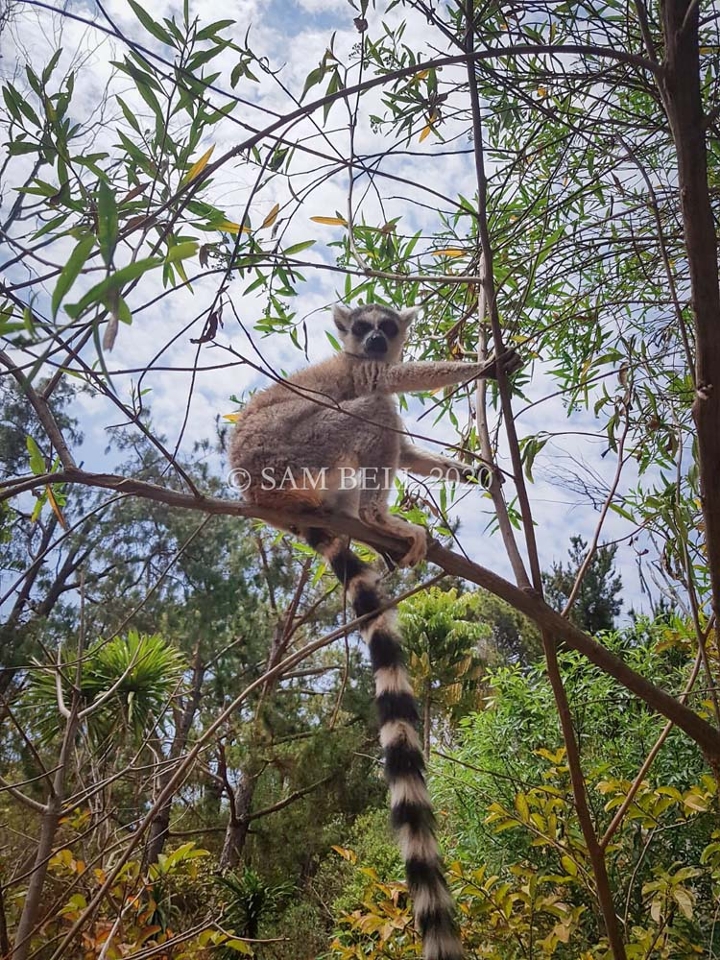
Like all primates, lemurs have many behaviors that are remarkably like us. They can be seen grooming each other, play wrestling, chasing each other through the trees, eating together and, in the case of the Verreaux’s sifaka, they can be seen dancing. Dancing is their way of going from point A to point B. They stand up high with their arms out beside them and skip along sideways.
There are a few ways you can help conserve lemurs. You can visit the Lemur Conservation Network website to learn about the different organizations working in Madagascar and donate to them. If you prefer a more hands-on approach, you could host a fundraising event on World Lemur Day on October 30. Or, you could visit your local zoo that houses lemurs! This is a great way to use your money for good, and you get to see these beautiful animals up close.
Has been on: 20 safaris
I am the type of traveler who wants to see and do as much of the world as I can. My main focus however, being an animal lover and a Zoo Keeper by trade, is wildlife of course. I have a very long list of species I wish to see in the wild and so far all my trips have ticked off at least 5 each time. I love travelling and getting to know the people of each country that I visit. There is something magical about meeting someone half way across the planet, that lives in a completely different world to mine here in Australia, it makes me so happy to get to know them and be apart of their world even just for a moment. From the USA, to all over Australasia, all the way up to Europe and of course Africa, I have been lucky enough to travel to over 20 countries in my life, and I plan to check off a whole heap more in the near future. Africa however is one place that does not disappoint at all when it comes to meeting such amazing people and seeing some of the most amazing wildlife in open spaces. I have visited the continent four times since 2006, two of which have been in 2018 and 2019. It is without doubt the one place in the world that has stolen my heart and soul and every visit makes it harder to leave. I have met so many people from different counties in Africa whom I still keep in contact with and have also caught up with over the years. I also had the opportunity to travel to Volunteer in South Africa in 2012 which I recommend for anyone who loves animals, wants to make a difference and really wants to see the real Africa. Basically, travel is my happy place!
© Your African Safari Ltd, All rights reserved.
Your African Safari is a safari-planning and safari review site. It was created to help support a healthy African wildlife population. All reviews are vetted before being approved and only ethical tours are published
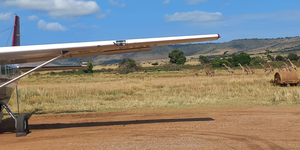
Using charter flights on your next safari
Published on December 22 2025
By: yourafricansafari.com
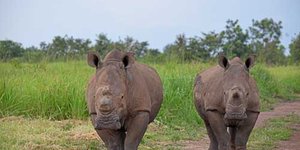
Garamba National Park—an anchor of hope in the Democratic Republic of Congo
Published on January 09 2025
By: R.W.

Namibia imposes new visa requirements
Published on July 25 2024
By: yourafricansafari.com